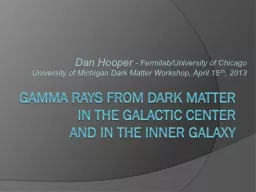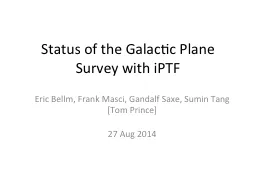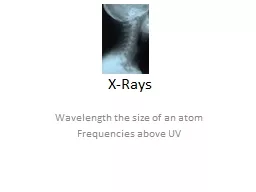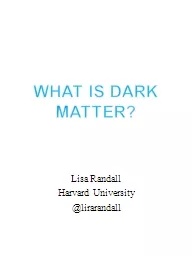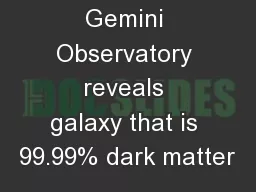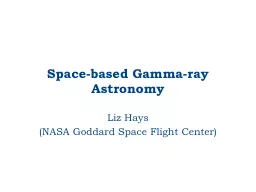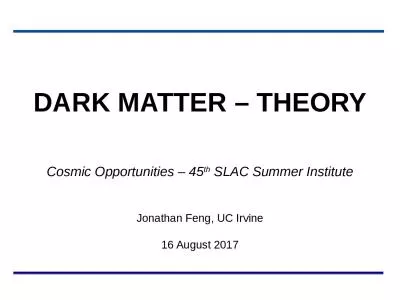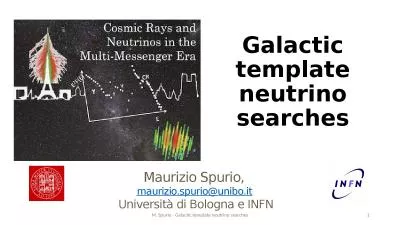PPT-Gamma rays from dark matter in the Galactic center and IN
Author : karlyn-bohler | Published Date : 2015-11-30
Dan Hooper Fermilab University of Chicago University of Michigan Dark Matter Workshop April 1 5 th 2013 Dark Matter in The Galactic Center The volume surrounding
Presentation Embed Code
Download Presentation
Download Presentation The PPT/PDF document "Gamma rays from dark matter in the Galac..." is the property of its rightful owner. Permission is granted to download and print the materials on this website for personal, non-commercial use only, and to display it on your personal computer provided you do not modify the materials and that you retain all copyright notices contained in the materials. By downloading content from our website, you accept the terms of this agreement.
Gamma rays from dark matter in the Galactic center and IN: Transcript
Download Rules Of Document
"Gamma rays from dark matter in the Galactic center and IN"The content belongs to its owner. You may download and print it for personal use, without modification, and keep all copyright notices. By downloading, you agree to these terms.
Related Documents

